Auroville
![]()
Auroville, Pondicherry, India
Human Unity
Ecovillage
1968 - Present
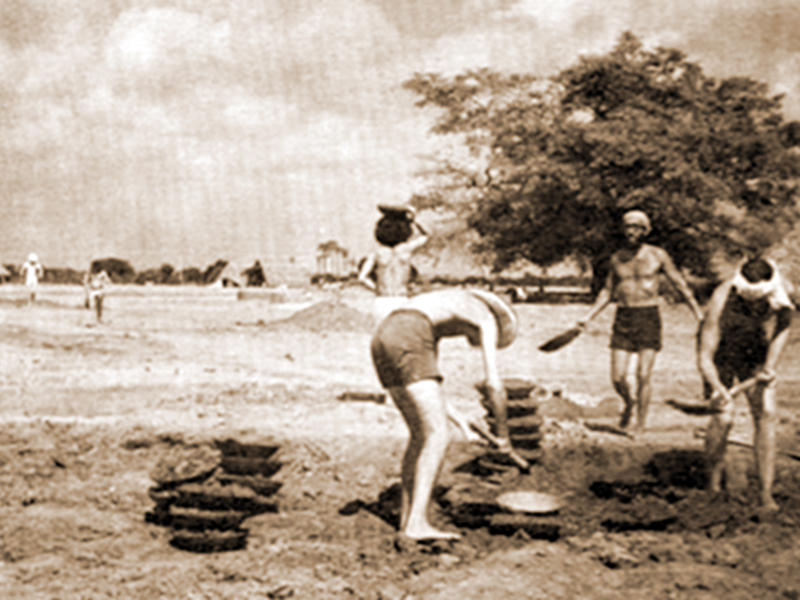
Auroville, Pondicherry, India
Human Unity
Ecovillage
1968 - Present
1 Matrimandir 2 Industrial Zone 3 Residential Zone 4 International Zone 5 Culture Zone 6 Green Zone
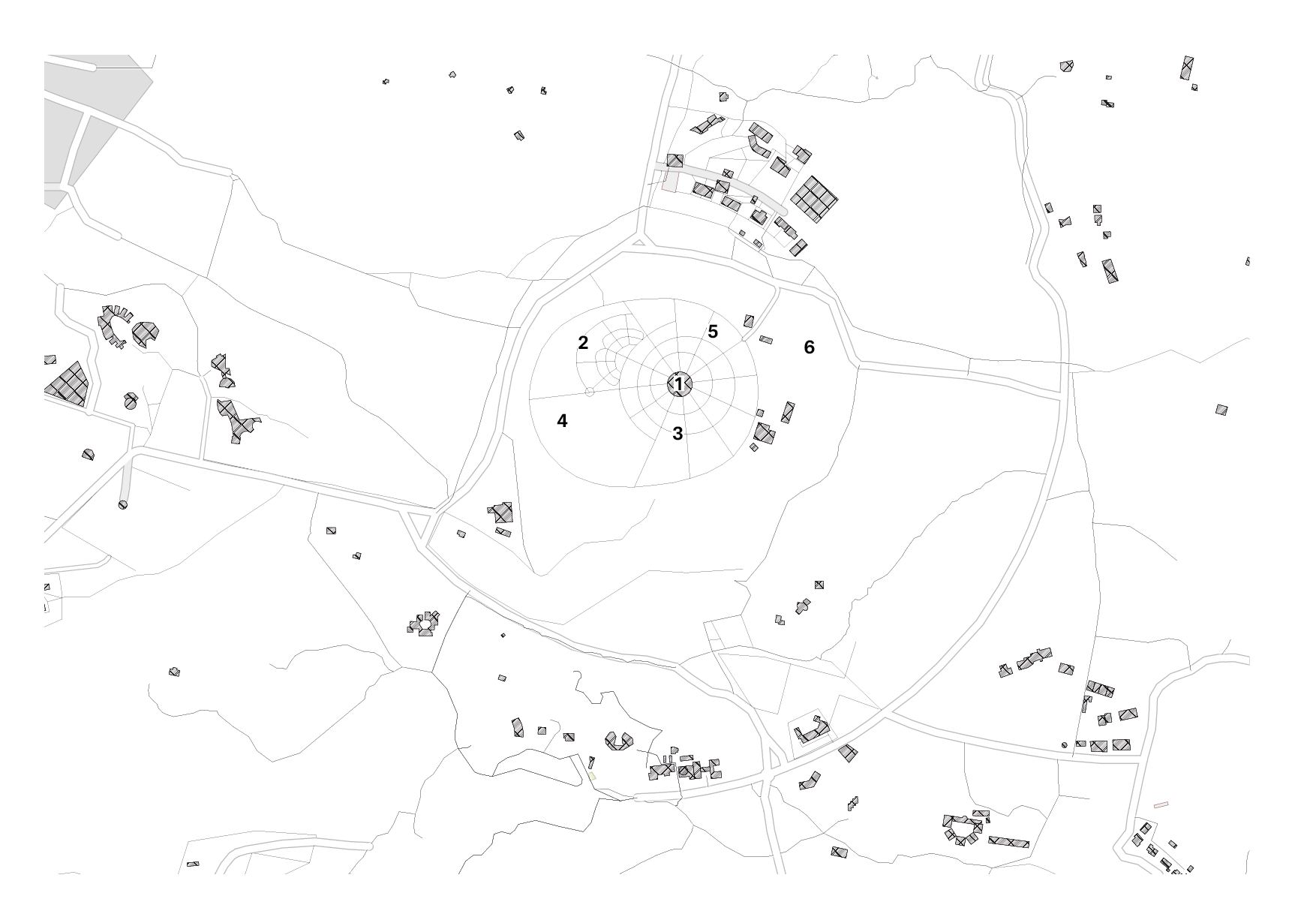
Founded in 1968 by Mirra Alfassa, known as the Mother, the utopian community of Auroville (City of Dawn) was built as a planetary city. Auroville belongs to all humanity, and envisions a city where all people could live in peace and harmony. Backed by the Government of India and endorsed by UNESCO in 1966, Auroville is an experiment in human unity, sustainability, and spirituality.
The architectural vision of Auroville matches the grand scale of Auroville’s ambition. Designed by Roger Anger, the visionary masterplan was designed to house 50,00 residents. At the center of spiral city is the Peace Area with the golden dome of the Matrimandir (1), a symbol of the divine and Auroville’s aspirations. The central amphitheatre was the site of the 1968 inauguration ceremony where delegates from 120 countries placed handful of soil from their homes into the Urn of Human Unity. Four zones radiate from the central point, the Industrial Zone (2), to contain small-scale sustainable industries; the Residential Zone (3), a green area providing a mix of communal dormitories and individual dwellings; the International Zone (4), that will house national pavilions to demonstrate human diversity; and The Culture Zone (5) as a space for education, research and artistic expression. The city is wrapped in a green belt, containing organic farms, orchards, and wildlife reserves.
Only fragments of the masterplan have been realized and today, Auroville is home to 3200 residents from 59 countries, the majority from India.
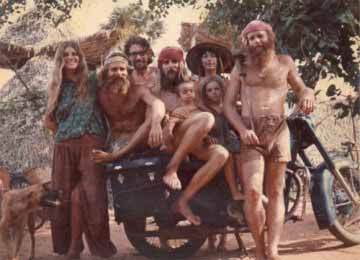

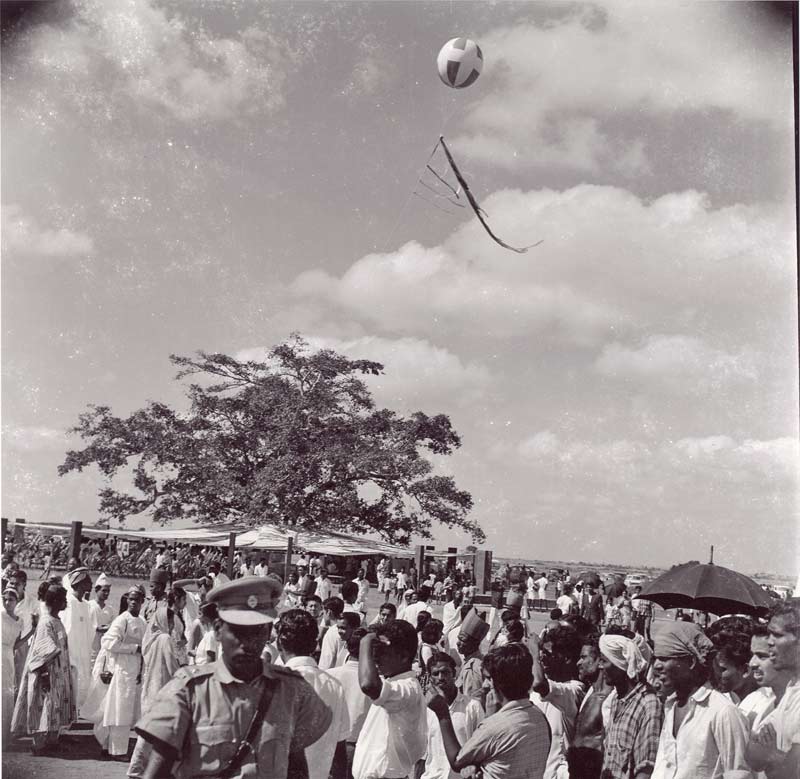
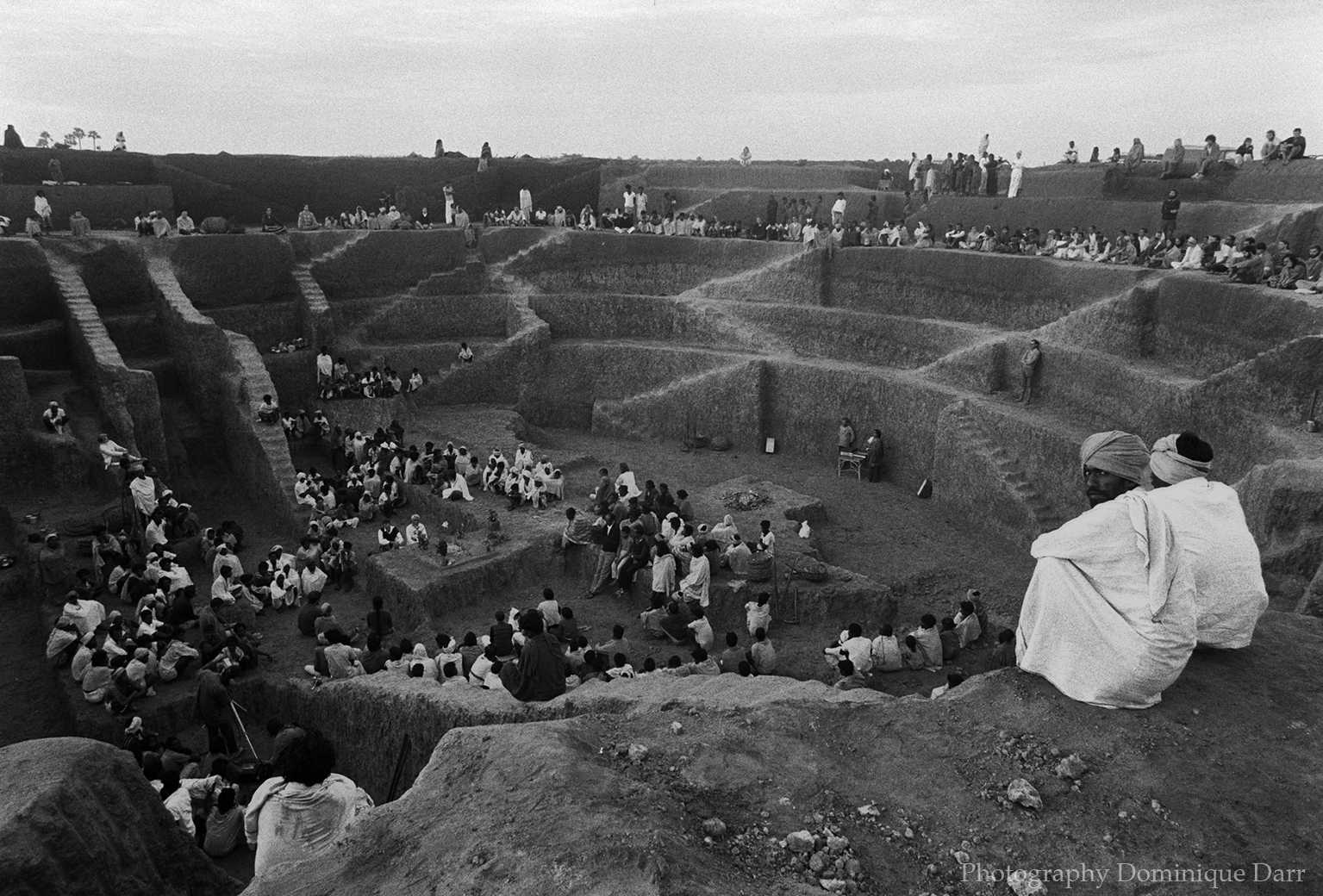

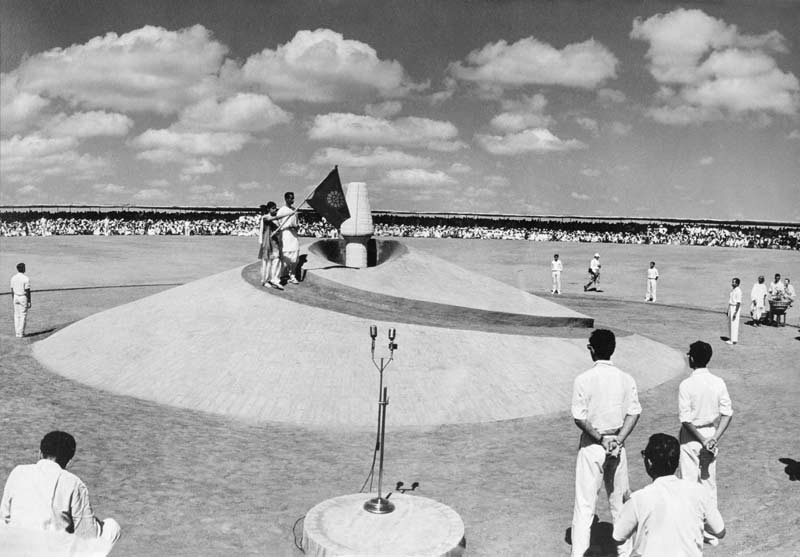
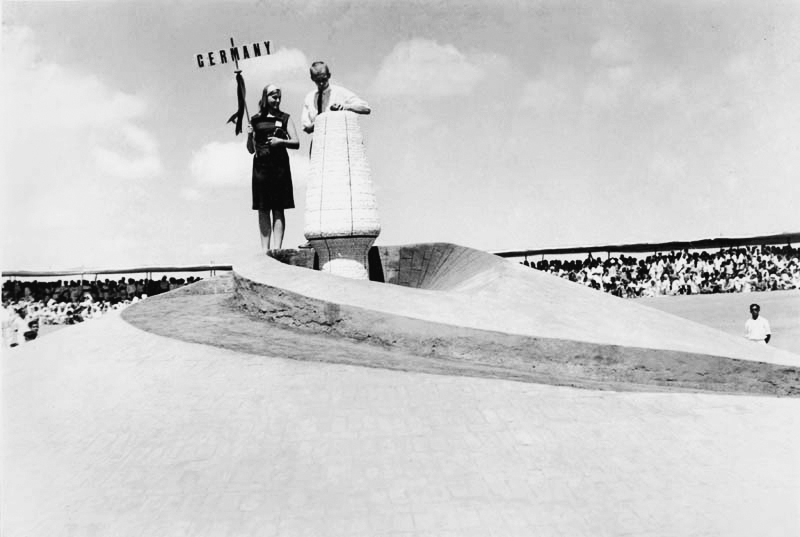
Nam semper semper ex
In porttitor pellentesque sapien